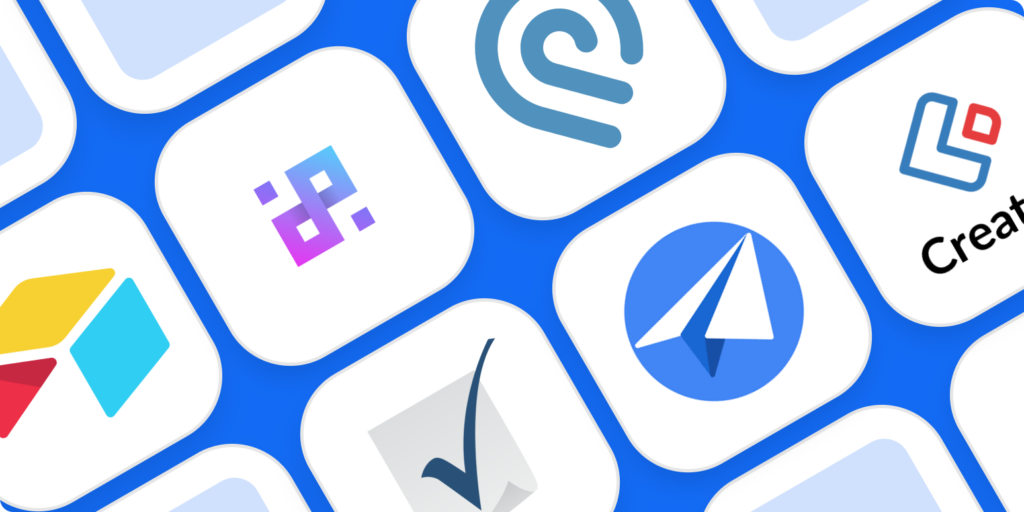Top 10 Databases for Developers
Greetings, fellow tech enthusiasts! Today, we embark on a journey to explore the top 10 databases every developer should know about. Whether you’re building a small website or a massive application, having the right database can make all the difference. Let’s dive right in!

1. MySQL
Ah, MySQL! The go-to database for many developers around the globe. Known for its reliability, ease of use, and performance, MySQL is a relational database that’s been around since 1995.
Key Features:
– Open-source and has a robust community.
– Supports standard SQL.
– Ideal for web applications, and popular with WordPress sites.
If you want to immerse yourself in MySQL’s capabilities, check out the official MySQL documentation.
2. PostgreSQL
PostgreSQL, often referred to as Postgres, is an advanced, open-source relational database system. It’s renowned for its performance, scalability, and standards compliance.
Key Features:
– ACID compliance ensures reliable transactions.
– Supports complex queries and full-text search.
– Extensible with custom functions written in various programming languages.
Postgres is a powerhouse when it comes to handling complex data structures. Ready to explore? Visit the PostgreSQL documentation for more details.
3. MongoDB
MongoDB is a NoSQL database known for its flexibility and scalability. Instead of tables and rows, MongoDB stores data in JSON-like documents.
Key Features:
– Schema-less design offers flexibility.
– Horizontally scalable.
– Perfect for handling large volumes of unstructured data.
For an in-depth guide, head over to the MongoDB documentation.
4. SQLite
SQLite is a self-contained, serverless, and zero-configuration database engine. It’s widely used as an embedded database in mobile apps, web browsers, and more.
Key Features:
– Lightweight and fast.
– Database is stored in a single file.
– Perfect for local storage in mobile and desktop applications.
If you’d like to give SQLite a spin, the official SQLite documentation is your go-to resource.
5. MariaDB
MariaDB is a fork of MySQL, created by the original developers after concerns over Oracle’s acquisition of MySQL. It’s fully compatible with MySQL and offers some advanced features.
Key Features:
– Open-source under the GNU GPL.
– Improved performance and security features.
– Actively developed and maintained by the community.
Learn more about MariaDB’s offerings at the MariaDB documentation.
6. Oracle
Oracle Database, a proprietary multi-model database, is widely used in large enterprises due to its scalable and robust architecture.
Key Features:
– Supports both SQL and NoSQL.
– Advanced analytics capabilities.
– Strong security features.
For those ready to dive deep, the Oracle Database documentation is packed with information.
7. SQL Server
Microsoft SQL Server is a relational database management system known for its enterprise-grade features and integration with other Microsoft services.
Key Features:
– Comprehensive data management and analytics.
– High availability and disaster recovery options.
– Integration with Azure for cloud capabilities.
Check out the SQL Server documentation for in-depth knowledge.
8. Firebase
Firebase, a product of Google, offers a real-time NoSQL database geared towards mobile and web applications. It’s part of a suite of tools that help developers build apps quickly and efficiently.
Key Features:
– Real-time data synchronization.
– Backend-as-a-service, making development faster.
– Tight integration with other Firebase products.
Discover more at the Firebase documentation.
9. DynamoDB
Amazon’s DynamoDB is a key-value and document database that delivers single-digit millisecond performance at any scale. It’s fully managed and designed with high availability and durability.
Key Features:
– Serverless, with auto-scaling capabilities.
– Multi-region replication.
– Ideal for applications requiring consistent, low-latency data access.
The DynamoDB documentation provides a comprehensive look at this service.
10. Redis
Redis is an open-source, in-memory data structure store, commonly used as a cache, database, and message broker. Its performance and simplicity make it popular for various use cases.
Key Features:
– Sub-millisecond latency.
– Supports various data structures like strings, hashes, lists, sets, and more.
– Persistent storage options.
To get started with Redis, visit the official Redis documentation.
Conclusion
Wow! That was a whirlwind tour of some of the most essential databases for developers. Each one has its unique strengths and ideal use cases, from the ever-reliable MySQL to the ultra-fast Redis. As technology evolves, so do these databases, offering more features, better performance, and new capabilities each year.
Curious to learn more? There are endless resources and communities out there ready to help you dive deeper into each database. So whether you’re just starting your developer journey or looking to expand your knowledge, remember: the right database can be a game-changer.
Happy coding, and may your data always be structured (or unstructured) just the way you like it!



